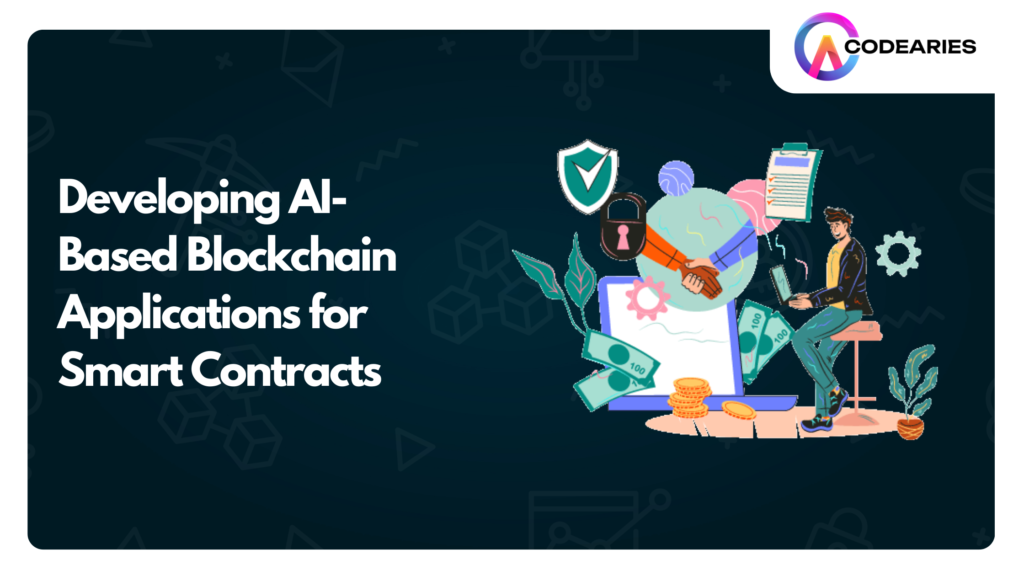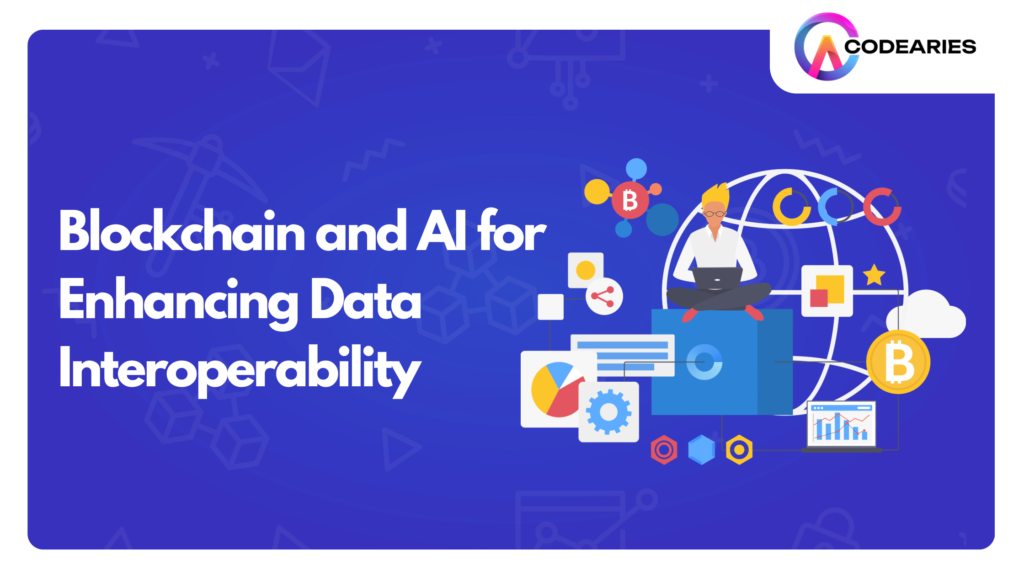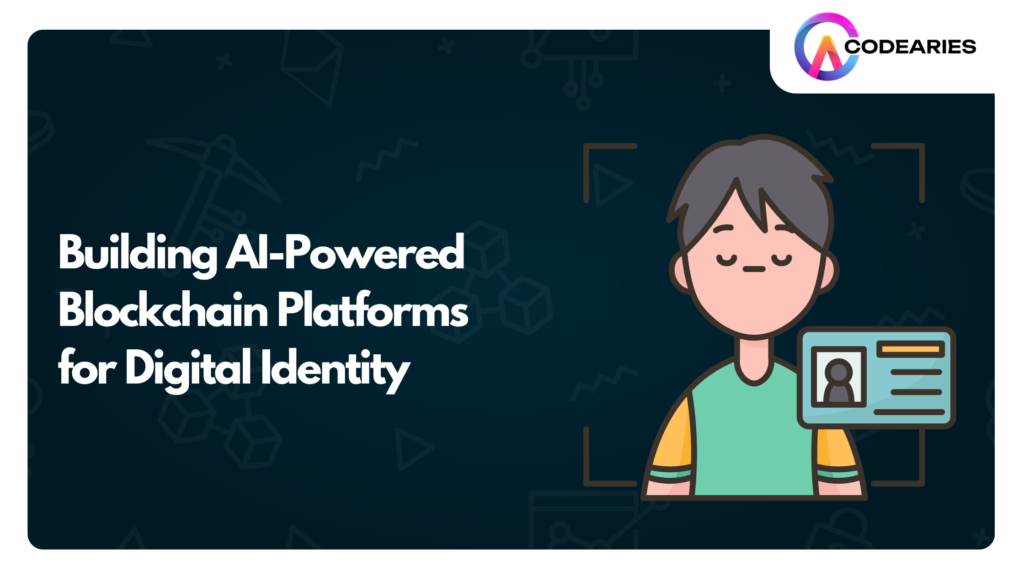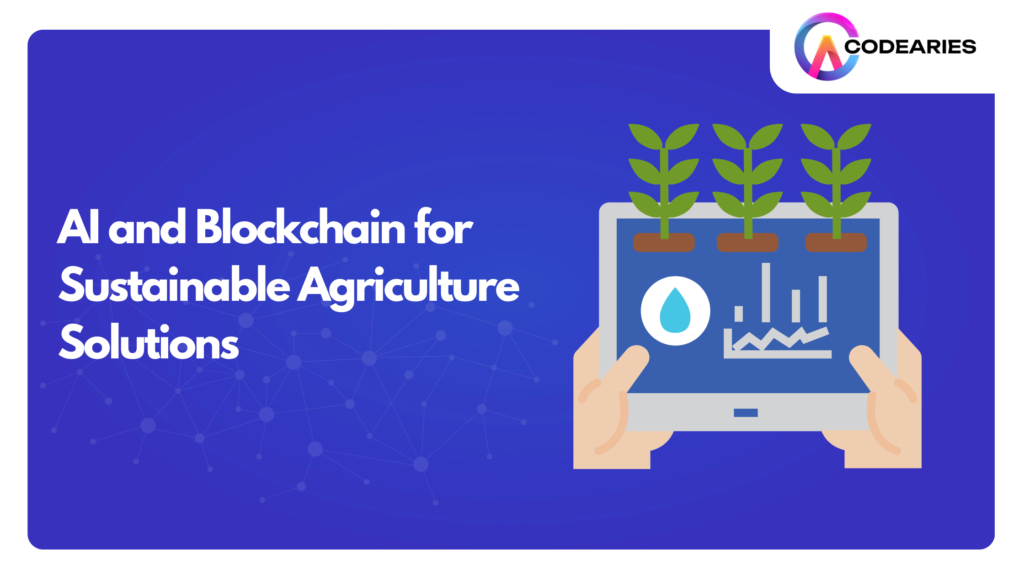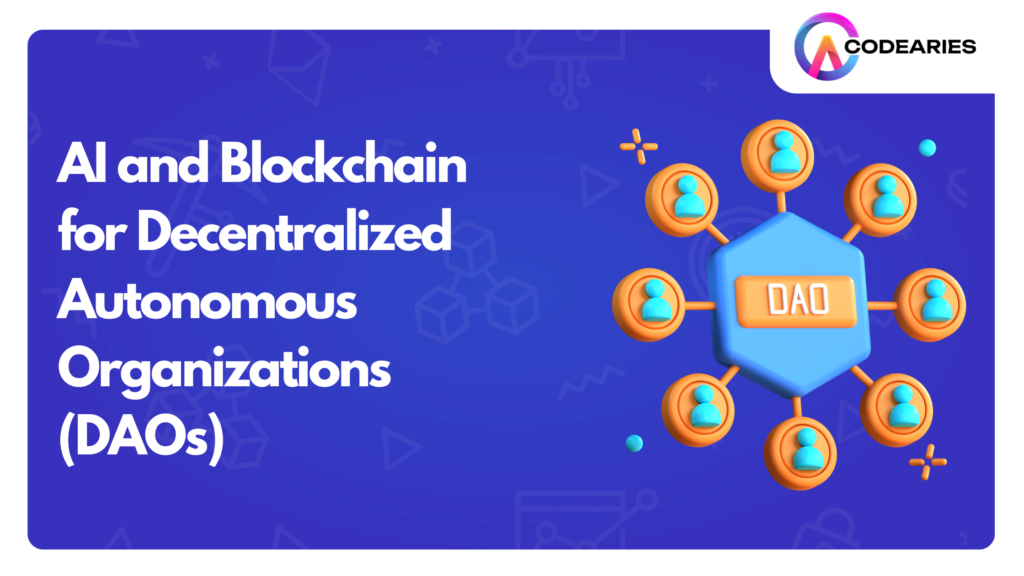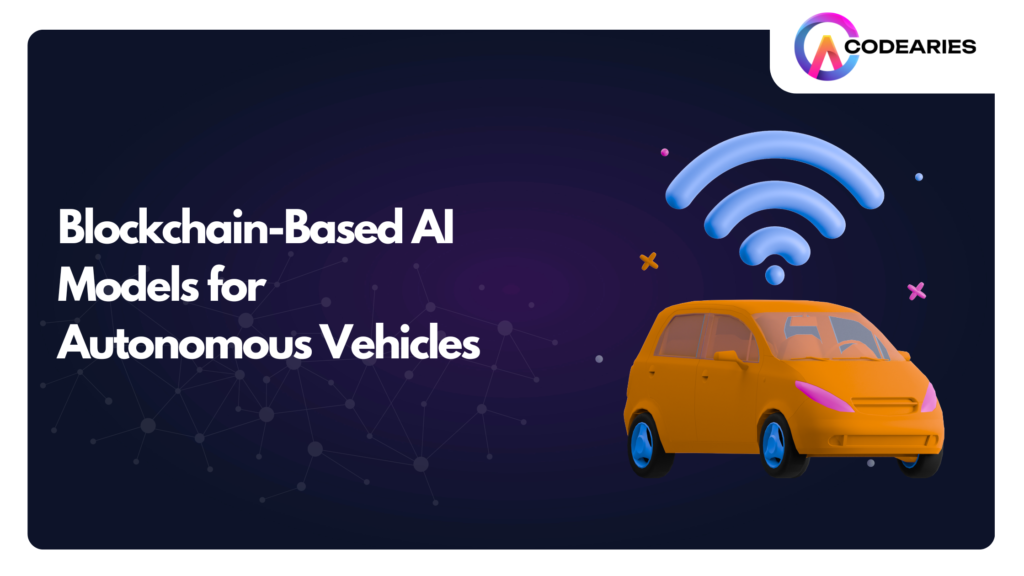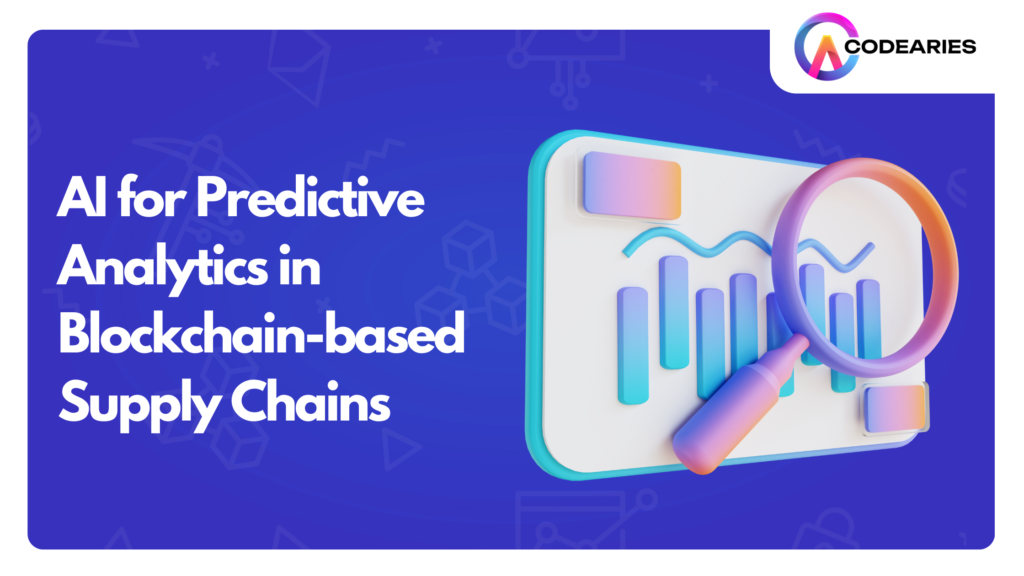Blockchain and AI-Powered Voting Systems
The rapid evolution of technology has transformed nearly every facet of society, and the world of politics is no exception. Traditional voting systems, plagued by inefficiencies, security breaches, and manual errors, no longer seem sufficient to uphold the democratic principles they protect. This situation has led to a demand for modern, secure, and reliable alternatives that leverage cutting-edge technologies. Enter blockchain and AI-powered voting systems — technologies that promise to reshape the very foundations of voting, making it more transparent, secure, and accessible. In this article, we will learn how Blockchain voting, paired with artificial intelligence (AI), presents an opportunity to revolutionize elections, bringing much-needed improvements in trust, speed, and scalability. With a focus on decentralized networks and advanced data analytics, these systems could be the key to overcoming the current challenges faced by electoral systems worldwide. Blockchain and AI-Powered Voting Systems “Blockchain and AI-powered voting systems” refers to an innovative approach to managing elections. It ensures the transparency and immutability of election data by storing votes in secure, decentralized ledgers. Simultaneously, AI enhances the voting process by improving voter accessibility, fraud detection, and election management through advanced algorithms and data analysis.At their core, these systems integrate the best of both technologies. Blockchain’s decentralized nature guarantees that no single entity can manipulate election results, while AI automates complex tasks, helping to ensure that elections run smoothly and fairly. Source The Importance of Election Security In recent years, election security has become a growing concern, with allegations of voter fraud, external interference, and data manipulation making headlines worldwide. Whether paper-based or electronic, traditional voting systems have shown themselves to be vulnerable to manipulation, whether through hacking, vote tampering, or ballot destruction.In this climate, blockchain and AI-powered voting systems provide a much-needed solution. By creating a transparent, immutable ledger for votes and incorporating AI’s powerful analytics tools, these systems can dramatically reduce the likelihood of fraud and provide greater confidence in the election results. How Blockchain Can Transform Voting Blockchain technology, known for its robust security and transparency, presents an innovative approach to modernizing the voting process. Here’s a straightforward explanation of how it operates:Voter Registration Secure Database: Voter information is maintained within a secure blockchain network. Unique Identifier: Each voter is assigned a distinct cryptographic key, ensuring individual identification and preventing duplicate voting. Ballot Creation Encrypted Ballots: Ballots are generated and encrypted using advanced cryptographic methods. Digital Signatures: Each ballot includes a digital signature from the voter, confirming its validity and origin. Voting Process Secure Channel: Voters can cast their ballots through a secure online or offline method. Blockchain Recording: The encrypted ballot is logged on the blockchain as a transaction. Immutability: Once a ballot is recorded, it cannot be altered, safeguarding it from tampering. Counting and Verification Transparent Process: The counting is conducted by multiple nodes within the blockchain network. Public Verification: The voting results can be verified by anyone through the blockchain, promoting transparency and trust. Tamper-Proof: The immutable blockchain design makes it nearly impossible to manipulate the outcome. Result Publication Decentralized Verification: Final results are established through consensus among network nodes. Public Access: Results are made publicly accessible, enhancing transparency and accountability. Critical Advantages of Blockchain Voting Enhanced Security: The decentralized architecture makes hacking or manipulation exceedingly tricky.Increased Transparency: A public ledger allows anyone to audit the voting process and outcomes.Improved Accessibility: Blockchain can facilitate remote voting, encouraging greater participation.Reduced Fraud: The unchangeable nature of the blockchain prevents issues like double voting and other fraudulent activities.While blockchain shows excellent promise for refining the voting system, challenges remain regarding voter privacy and access for individuals who need internet connectivity. As technology progresses, blockchain could significantly enhance electoral processes’ security, transparency, and efficiency. AI’s Role in Enhancing Voting Systems While blockchain secures the voting process, AI enhances it by providing sophisticated tools for data analysis, fraud detection, and efficiency improvements. AI can automate voter registration processes, detect patterns of suspicious activity during voting, and even improve voter engagement by personalizing voting interfaces.In particular, AI excels in the following areas: Fraud Detection: AI algorithms can spot unusual patterns, such as sudden spikes in voter registration in a given area or abnormal voting behaviors, which could indicate electoral fraud. Voter Accessibility: AI can provide language translations, adapt interfaces for disabled voters, and even use predictive analytics to forecast turnout, ensuring that resources are allocated efficiently. Decision-Making: Machine learning models can predict how different electoral processes or voting systems might impact election outcomes, helping to inform electoral reforms. How Blockchain Addresses Security Concerns Blockchain’s decentralized nature provides unparalleled security for voting systems. By recording votes on an immutable ledger, blockchain ensures that no one can change or delete votes once they are cast. Moreover, blockchain-based voting systems can issue unique cryptographic keys to voters, ensuring that only authorized individuals can vote and that each vote is stored securely across the network.Another critical aspect is that voters can verify their vote anytime, creating transparency that traditional voting systems cannot offer. AI’s Contribution to Election Integrity AI contributes to election security by identifying irregularities and preventing fraud. By analyzing voting data in real-time, AI can spot unusual activity that might indicate voter suppression or tampering. For instance, AI can detect if many votes are cast simultaneously from the same location, which might indicate an attempt to manipulate the election.AI can also provide predictive analytics that help election organizers prepare for different turnout scenarios. This ensures that resources are employed efficiently to avoid long lines or voter disenfranchisement. Enhancing Voter Accessibility with AI: Tailoring Voting Experiences Artificial Intelligence (AI) can improve voter accessibility by customizing the voting experience for diverse populations. Here are some key ways AI can make a difference: Personalized Voter Information Language Translation: AI can convert voter information and instructions into various languages, ensuring individuals with limited English proficiency fully understand the voting process. Accessibility Features: AI can generate content in accessible formats, such as Braille or audio descriptions, for voters with disabilities. Intelligent Chatbots and Virtual Assistants 24/7 Assistance: AI-driven chatbots


